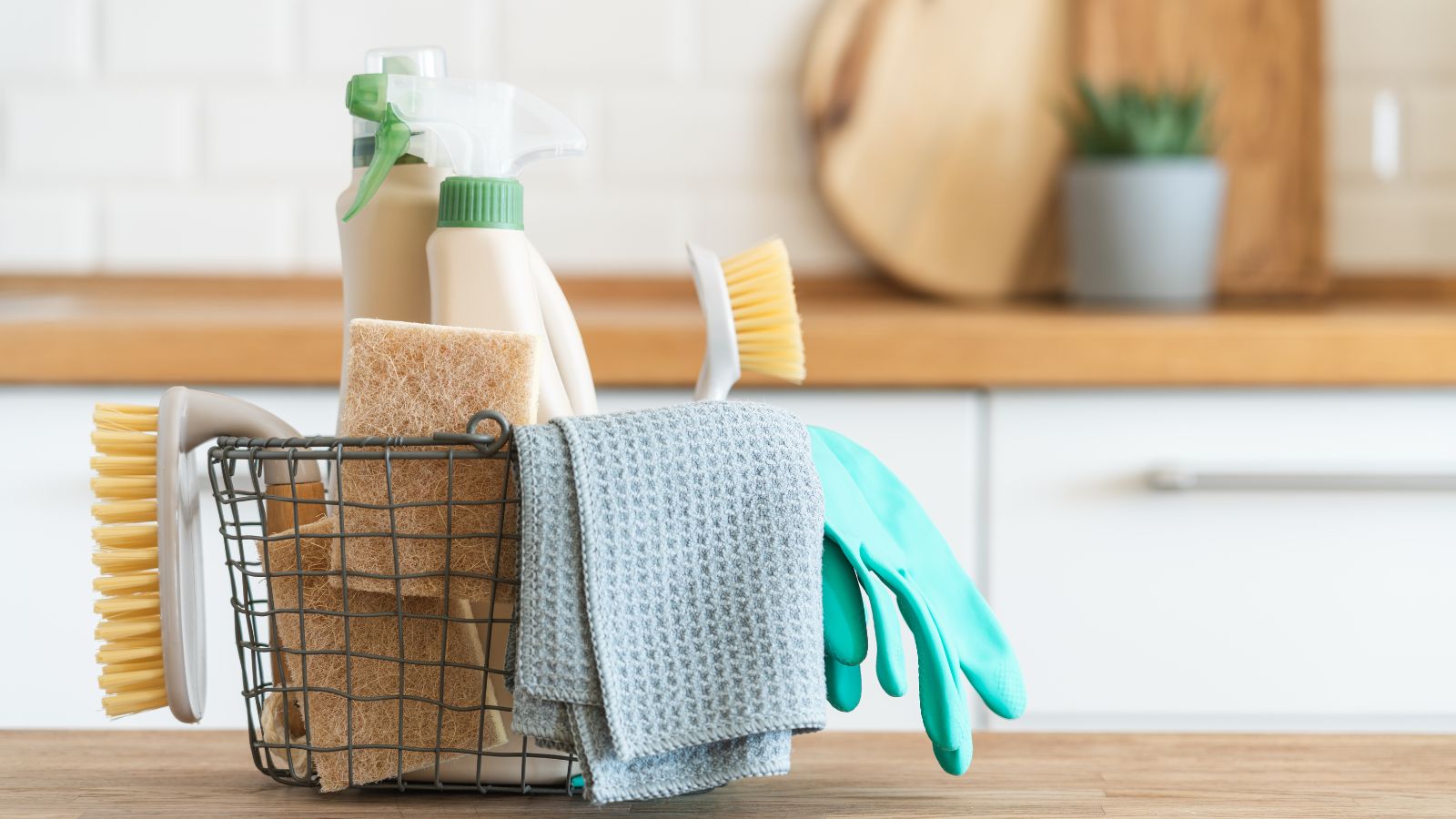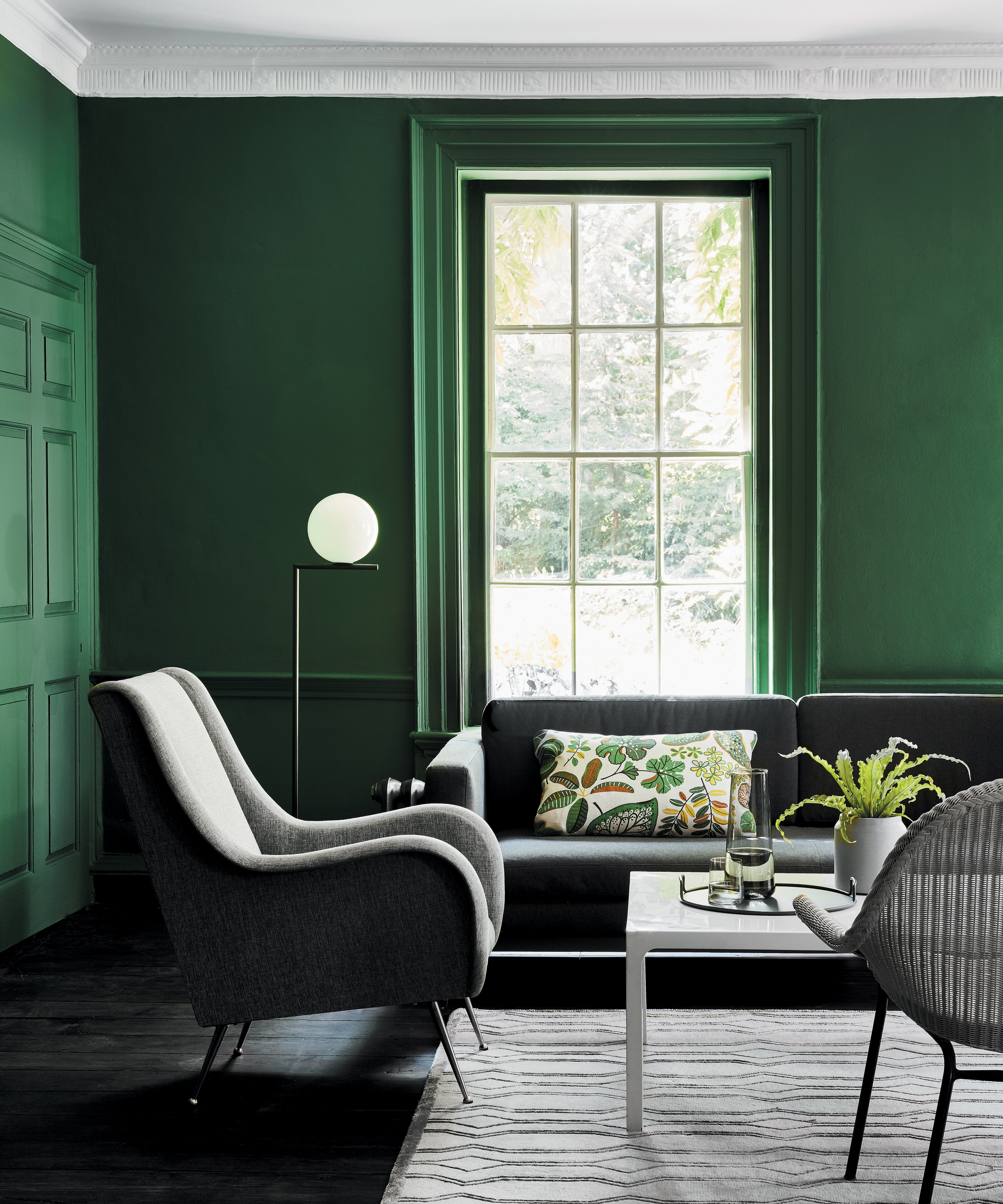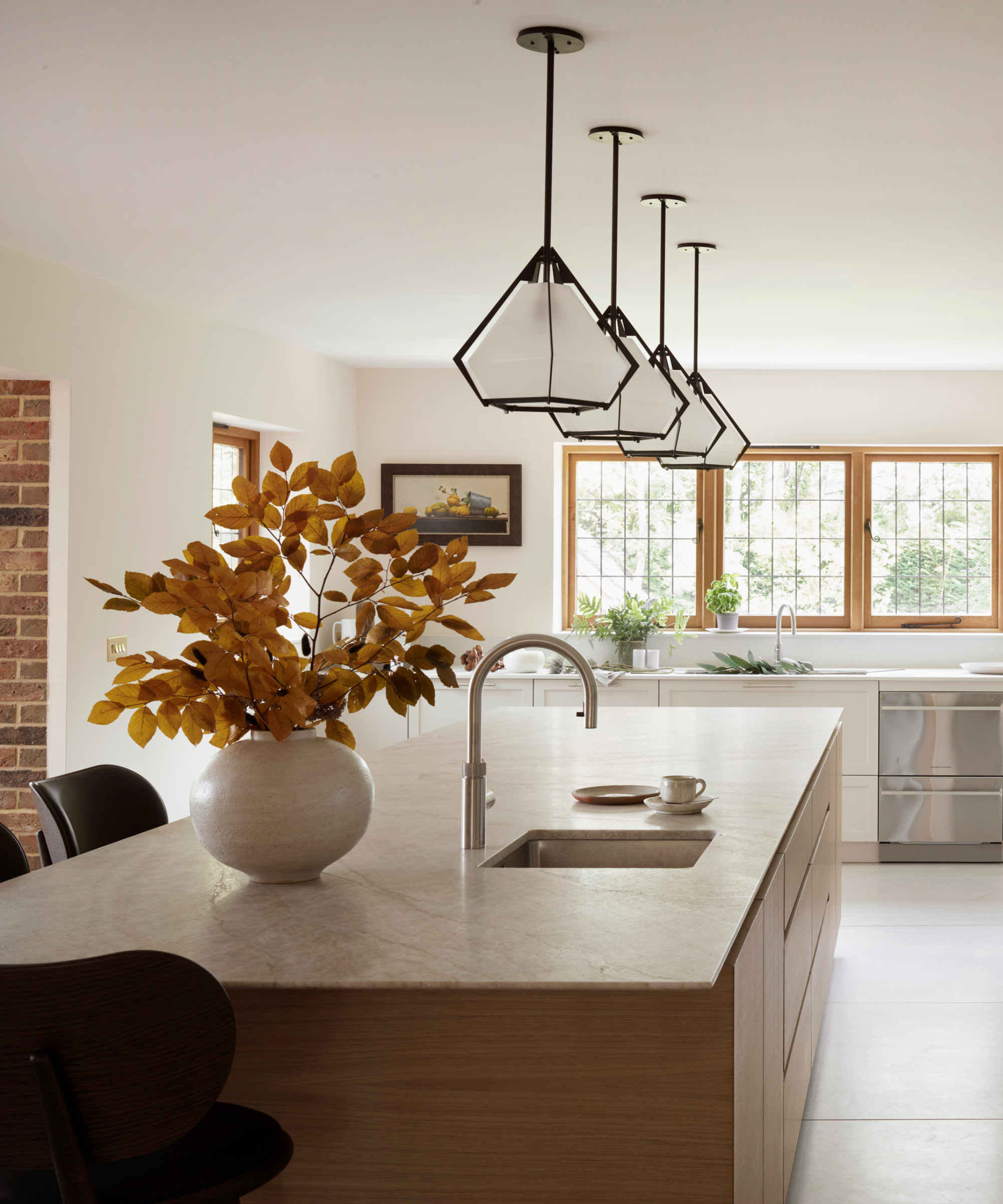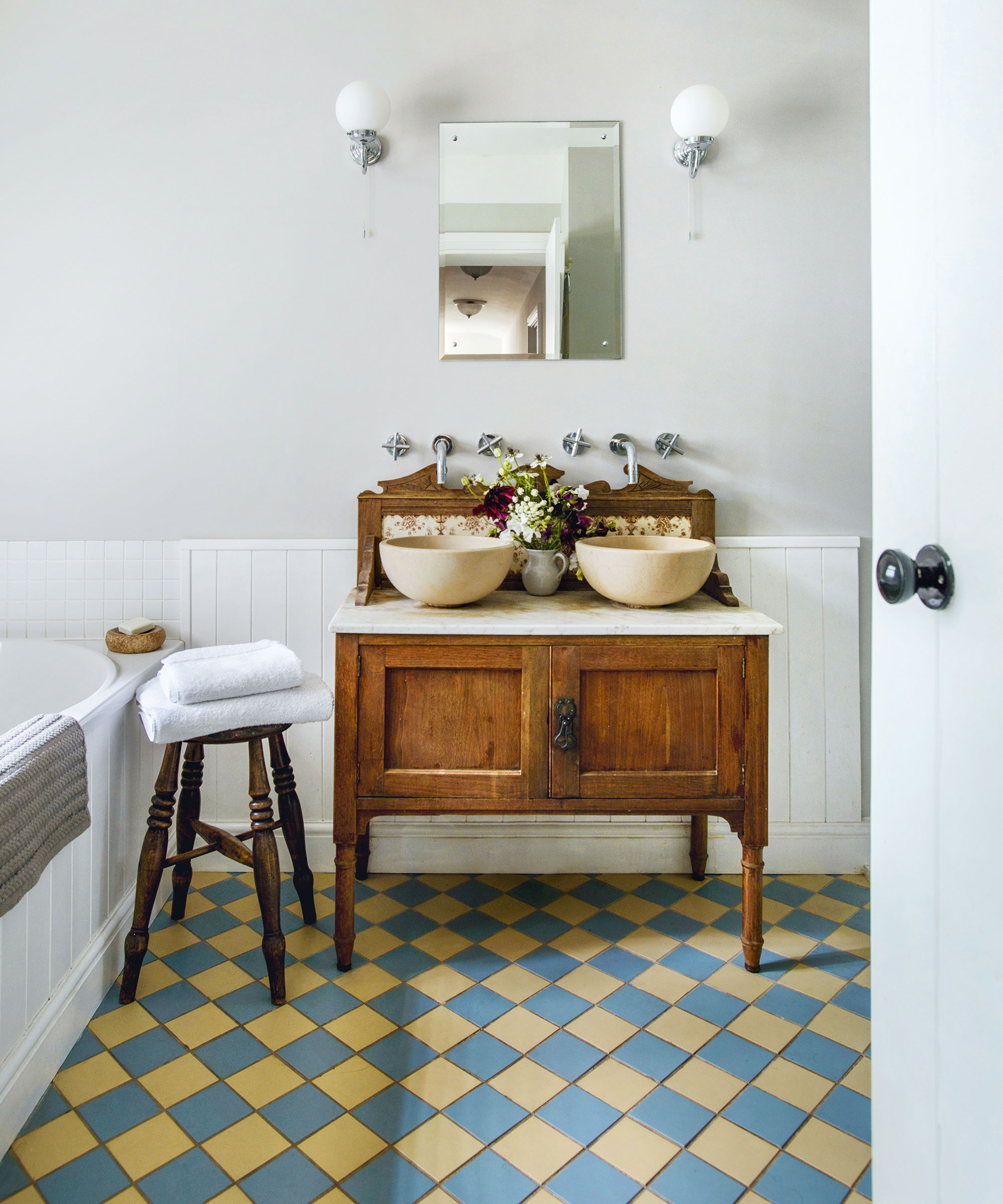
Despite its sweet-sounding name, sugar soap isn't a delicious pantry staple. It's a tough cleaning agent used to remove dirt and stains from walls and cut through grease in kitchens and bathrooms.
Typically, sugar soap is composed of sodium carbonate, sodium phosphate, and sometimes sodium silicate to act as a degreaser and a slight abrasive. Therefore, the name 'sugar soap' can be misleading, as this popular cleaner does not contain literal sugar. Instead, it gets its name from the granular, sugar-like texture of the powder when dry.
But what is sugar soap used for? Below, we examine some of its many household uses and share a simple three-step, three-ingredient method for making your own DIY version for less.
Where and how to use sugar soap

Sugar soap is an incredibly versatile cleaning product that can be used for everything from wiping walls to deep cleaning bathroom floors. Whether you buy powdered sugar soap off the shelf or opt to make your own, this simple cleaning product can cut through all manner of grease and grime.
Cleaning walls before painting
Sugar soap is most commonly used to clean walls before painting to remove dirt, grease, and tough stains. Thoroughly cleaning your walls is an essential step when preparing them for painting, as a clean and smooth surface helps the paint to adhere properly (no one wants a patchy finish, after all).
Before you use sugar soap, you’ll need to prepare a solution. Most sugar soap comes in powder or liquid form. If you're using the powdered form, you will typically mix it with water according to the manufacturer's instructions (a common ratio is one part sugar soap to ten parts water). Sugar soap can be drying or irritating to sensitive skin, so it’s a good idea to wear gloves and, if necessary, eye protection, especially if you’re mixing a powdered form.
To clean walls, simply dip a sponge or cloth into the sugar soap solution and wring it out to avoid excess dripping. Use gentle, circular motions to remove dirt and grease from the wall's surface, and for stubborn stains, let the solution sit for a few minutes before scrubbing.

Degreasing your kitchen
Sugar soap is also perfect for cleaning kitchen grease – cutting through greasy stovetops, backsplashes, and other grimey surfaces with ease. Simply apply the sugar soap with a sponge or spray bottle directly onto the surfaces you wish to clean and leave it for a few minutes to break down the grease. Scrub away with a non-abrasive pad if necessary and allow to dry.
Cleaning bathrooms
Sugar soap is known to be effective in tackling soap scum and hard water stains when cleaning bathroom sinks, tubs, and showers. It works particularly well on ceramic and porcelain surfaces, so spray or sponge it onto showers, tubs, and sinks when cleaning a bathroom to combat grime. Make sure you rinse the areas thoroughly after scrubbing to prevent soap scum build-up.

Washing floors
Another common use of sugar soap is cleaning tiled floors to remove stubborn stains and built-up dirt. Mix sugar soap in a bucket of water for tile and linoleum floors and mop the floors as usual, making sure to change the water halfway through this process if it gets too dirty.
After you have cleaned any surface with sugar soap you should rinse it with clean water. You should also allow the surfaces to air dry completely or wipe them down with a dry cloth. This step is particularly important when prepping walls for painting or ensuring no water marks are left on bathroom fixtures or kitchen counters.
FAQs
Can you make your own DIY sugar soap?
If you prefer homemade cleaning products, you can make a simple version of sugar soap using ingredients you already have in your cleaning cupboard. Here’s what you will need:
- 1/2 cup washing soda (sodium carbonate)
- 1/2 cup Borax (sodium borate), such as this unscented Borax from Amazon
- 1/2 cup liquid dish soap
Directions:
- Mix the washing soda and Borax in a bowl.
- Add liquid dish soap and stir until well combined.
- Use the solution immediately or store it in an airtight, labeled container.
What shouldn't you use sugar soap on?
You should avoid using sugar soap on unsealed wooden surfaces, as it can cause swelling, staining, or warping. Likewise, when used on aluminum and other soft metals sugar soap can cause oxidation or damage.
Don't use sugar soap on painted surfaces that you do not intend to repaint, as it might strip away the finish due to its abrasive quality.
Will sugar soap remove mold?
Sugar soap can be effective at cleaning surface-level mold, helping to remove mold stains and spores. However, it will not kill mold spores at the root. So, to get rid of black mold, especially in porous materials, stronger mold-specific products will be required.
Sugar soap is just one of many essential cleaning tools you can DIY at home. Other popular cleaning solutions include homemade kitchen cleaners and DIY pine vinegar.







